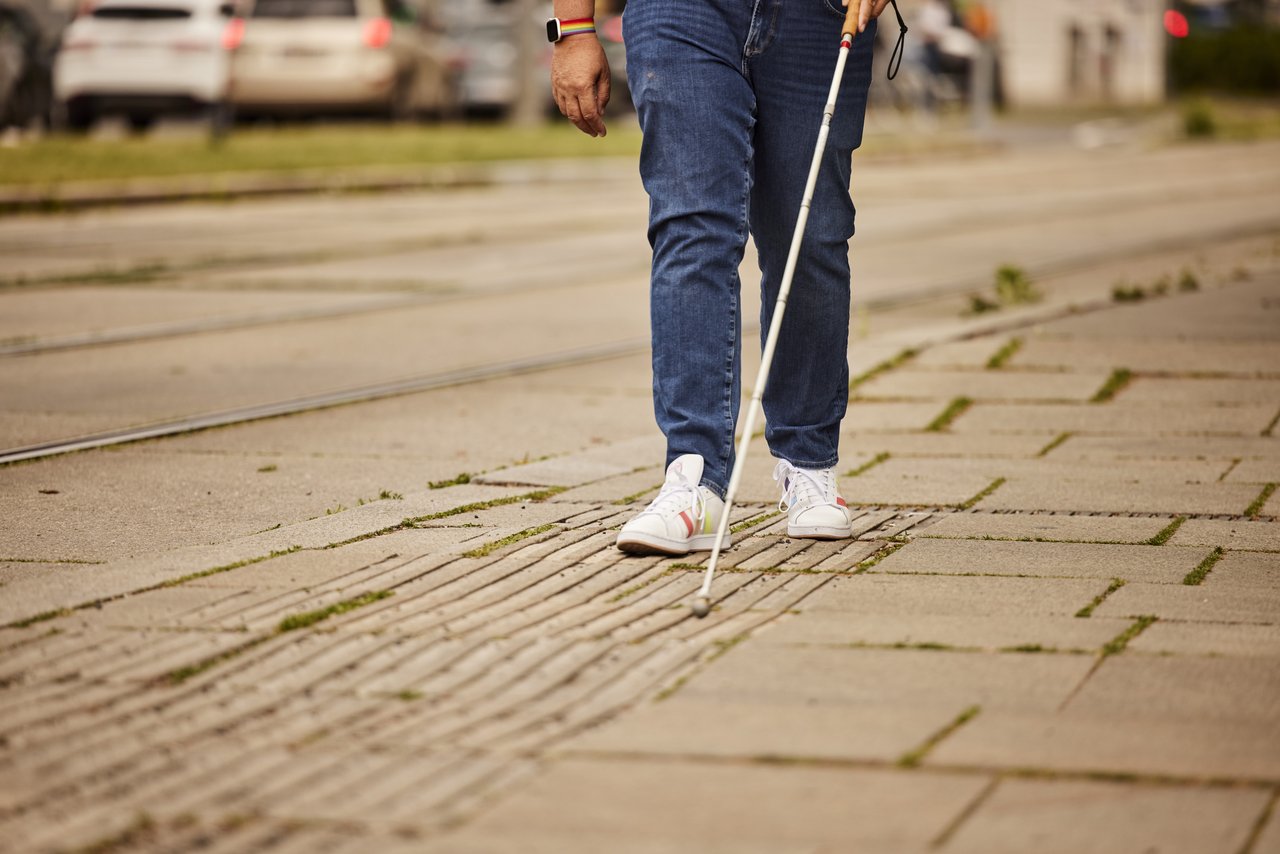You are here:
Inclusive storytelling
Disability is still more of a taboo than a mainstream topic, triggering diverse emotions. As a result, there is still a lot of room for attention and innovation in the German-speaking regions.
We speak of “inclusive storytelling” when people with disabilities appear naturally, without being given special attention as part of what is being told. The disability itself is not the subject of conversation. Inclusive storytelling for companies aims to include the issue of disability in the brand story and brand communication. The topic receives attention when stories are being told, for example, in commercials, in interviews, or in marketing and advertising texts about the company and its history. So far, people with disabilities as a target group as well as protagonists are often ignored in storytelling. They don't appear except in stories which are explicitly about disabilities and which highlight them as being "different”. However, if the storytelling is inclusive, people with disabilities are perceived as a natural part of society, which they are.
Why is inclusive storytelling an advantage for companies?
Every large company has employees as well as customers with disabilities - they usually just don't know it since employees hide their disabilities for fear of discrimination.
Advantages:
- With inclusive communication, the company positions itself as inclusive and diverse. This makes companies more attractive - both for customers and for future employees.
- Especially Millennials and Gen Z expect to find a culture of openness and a diverse corporate culture in the workplace.
- Inclusive storytelling has real potential for innovation as the emotions connected to the issue of disability and addressing social taboos raise attention. This also means approaching the topic with respect and sensitivity as well as getting advice from experts.
What has to be considered?
1. Normality instead of victims and heroes
People with disabilities are not “poor”, “nice” and “to be pitied” per se. The first golden rule is simple yet difficult to circumvent: People with disabilities should not be portrayed as victims or heroes, nor as clichés. Avoid tear-jerker stories. Companies should break new ground and work on a new image of what is "normal" which also includes disabilities. This means including people with and without disabilities in the stories without drawing special attention to the former.
2. Identify state of the art and get support from experts
There is a changing discourse on the topic within the community of people with disabilities and also within the organizations. There are discussions about what language to use on the subject of disability; viewpoints change. it was common to say "people with special needs" in the 1980s, but today this is no longer up to date. Therefore, it is important to get help on this topic. Organizations and experts on the subject of disabilities are the right people to contact. If you already involve the community in the process, it will encourage these organizations and experts to disseminate the topic and, hence, promote acceptance and a positive attitude towards it. Furthermore, inclusive storytelling means respectfully acknowledging and embracing the discourse community of people with disabilities.
3. Don't give a false picture of living with disabilities as an example of a horrible life
A German drunk driving prevention campaign chose to convey its message by showing a car accident and a wheelchair in front of it. This conveyed the idea of living a terrible life as a person who uses a wheelchair as a consequence of drinking and driving. These representations reinforce the image that living with a disability means having a bad, unhappy life. This does not correspond to any modern understanding of a life with a disability.
4. Recognize the win-win situation
You can not only benefit from inclusive storytelling, but you also show that a company can initiate change. On the one hand, the brand image is enhanced and, at the same time, it is important for the community of people with disabilities how the topic is presented. It is about self-image as well as addressing people with disabilities as relevant customers and employees. Companies can change perceptions of the issue of disability in society.
Inclusive images and language
Pictures say more than 1000 words - and that is exactly why it is so important to include people with disabilities in images. On the one hand, this concerns technical accessibility, i.e., making the information presented in images accessible to people with disabilities. Images must have alternative texts or image descriptions in order to make graphic content accessible to people with visual impairments. Additionally, it is important to ensure that essential information is not conveyed exclusively via images, but also via supplementary text. When using videos, subtitles and audio description are essential to make the content accessible to everyone. Adding a sign language interpretation - for example as a video overlay - shows that inclusion is taken seriously in all areas.
On the other hand, the process of image selection is just as crucial. Unfortunately, stock photo clichés are still used far too often: wheelchair users at a desk in front of a computer. Those who are well-informed will immediately see that this is a posed picture: the wheelchair is not adapted and the person sitting in it does not have a disability for real. It is therefore advisable to use authentic photos that show real people with disabilities in everyday situations without placing great emphasis on their disabilities.
Continue reading...
